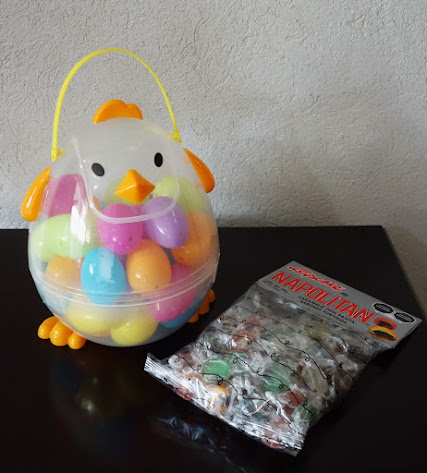The one special exhibit at the Modern Museum of Art which I found truly fascinating was the collection of works by Abraham Angel, another Mexican painter that I had never heard of previously. Angel (1905-1924) died at the age of 19, and he only produced 26 paintings in his short lifetime. He lived a relatively open life as a gay man in an era when homosexuality was taboo. The exhibit, 100 years after his death, gathers together most of his work. With his unique and colorful style, he stands out among the artists of early 20th century Mexico.
"Self Portrait" 1923
In 1922 Angel met fellow artist Manuel Rodríguez Lozano. The two became lovers and lived together.
"Portrait of Manuel Rodrígues Lozano" 1922
The painting alludes to the men seeking companionship on the streets of Mexico City at night.
Angel painted himself with his mother and sister.
"Portrait of Concha" 1923
Concha was the wife of Angel's older brother.
"Portrait of Cristina Crespo" 1924 This painting reflects the changes in Mexico in the 1920s. The woman, the sister of an art critic, has the short hairstyle popular during the "Roaring Twenties". In the background, the small-town street scene to the left contrasts with the modern urban landscape to the right.
"The Girl at the Window" 1923
Today, Tepito is one of Mexico City's most notoriously dangerous neighborhoods. However, in those days it was a rural village on the city's outskirts.
This small painting is thought to be Angel's last work.
When his lover broke up with him, Angel fell into depression.
On October 27, 1924, he was found dead from a cocaine overdose, either an accident or suicide.
Today, his paintings are highly valued. One can only imagine what he might have accomplished or the place he might have assumed in the world of Mexican art if he had lived.



















































